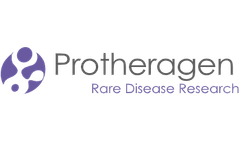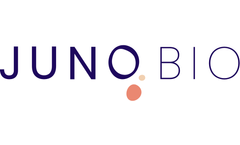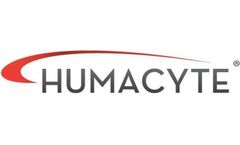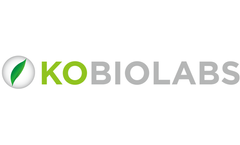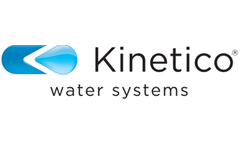Antibiotic Treatment Articles & Analysis
14 articles found
Pharmaceuticals: In medicine, lysozyme has been formulated into treatments for infections, inflammation, and even wounds due to its bactericidal and anti-inflammatory properties. ...
These treatments include antibiotics to treat lung infections, airway clearance techniques to clear mucus from the lungs, nutritional support, and medications that target specific mutations in the CFTR gene. ...
Says Buck, “Although some activities—including sexual activity with multiple partners, douching, etc.,—have been associated with less optimal vaginal microbiomes, we don't have all the information yet. Antibiotics [to treat a condition such as BV] seem to provide only short-term benefits. ...
ByJuno Bio
However, the vaginal microbiome of people with CE is typically more diverse and has less Lactobacillus than that of healthy people [7]. Successful antibiotic treatment of CE has been shown to improve the rate of implantation, clinical pregnancy, ongoing pregnancy and live births [8]. ...
ByJuno Bio
Rapid pathogen identification aids in providing clinical diagnosis and selecting appropriate antibiotic treatment. It is also used in routine identification of bacteria in clinical laboratories to retrieve clinically relevant information to determine the role of microorganisms in disease, health, pathogenicity, epidemiology, etc. ...
Under the advisement of the infectious disease specialists, the patient received empiric antibiotic treatment (vancomycin and ceftriaxone) for 6 weeks and was then transitioned to oral doxycycline for an additional 6 months. ...
Reduction of bacterial burden by antibiotic treatment avoids TH17 bias, and blockade of IL17 signaling prevents medullary expansion and splenic stem cell accumulation. ...
Most bacteria are easily treated with antibiotics, but more serious treatment may be necessary for certain infections. ...
ByAirfree
The importance of the gut microbiota in ALDs was strongly suggested because antibiotic treatment that reduced gram-negative bacteria and their lipopolysaccharides (LPSs) led to the remission of ALDs in an ethanol-exposed rodent model (Adachi et al., 1995). ...
Contaminated water poses significant health concerns and currently no antibiotics or other medical treatments effectively kill this protozoan. High levels of Crypto passed through filters and were not eliminated by water treatments in Milwaukee in 1993, resulting in the largest documented waterborne disease occurrence in U.S. history. Concerned ...
However, at Tylosin concentrations of 600 and 800 mgL−1 treatment efficiency declined to 85% and 75% removal respectively. The impact of Tylosin concentrations on archaeal activity were investigated and the analysis revealed that archaeal cells dominated the reactor, confirming that there was no detectable inhibition of the methanogens at Tylosin levels between 100 and 400 mgL−1. ...
Biofilms are infections whereby bacteria form a robust colony protected by a sticky slime matrix from the body's immune system (or natural clearance) and are resistant to antibiotic treatment (called antibiotic resistance). Antibiotics available to treat such infectious diseases are often not specifically targeted to the site of ...
Also, among the objectives is to investigate the etiological pattern with the prescribed antibiotics in the concomitant treatment. A two-year retrospective cohort analysis was made from January 2007 to December 2008 in General Hospital Pulau Pinang, Malaysia. ...
Effluents from 37 lagoons were assayed for the presence of Escherichia coli, Campylobacter, Listeria, and Salmonella. Antibiotic resistance profiles were determined by the Kirby-Bauer swab method for 12 antibiotics comprising eight classes. Statistical analyses indicated that farm type influenced the amount and type of resistance, with nurseries and sow farms ...


